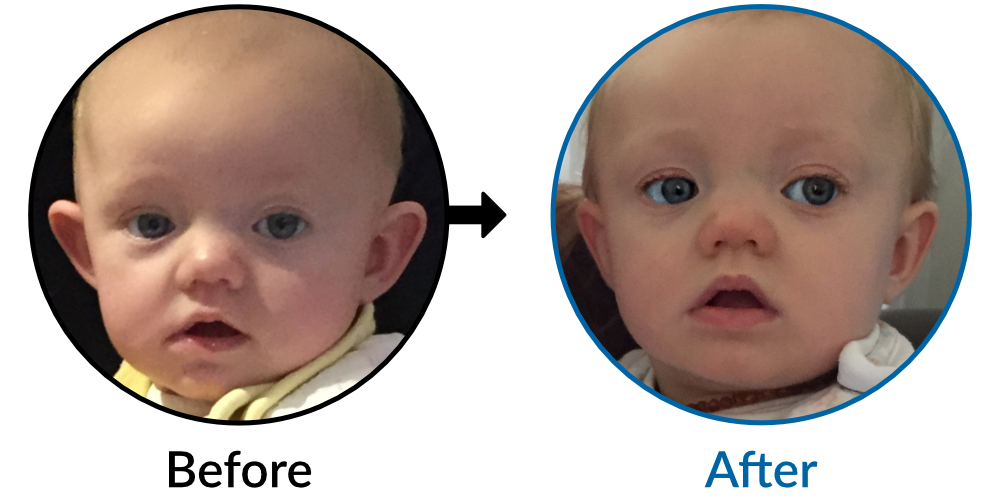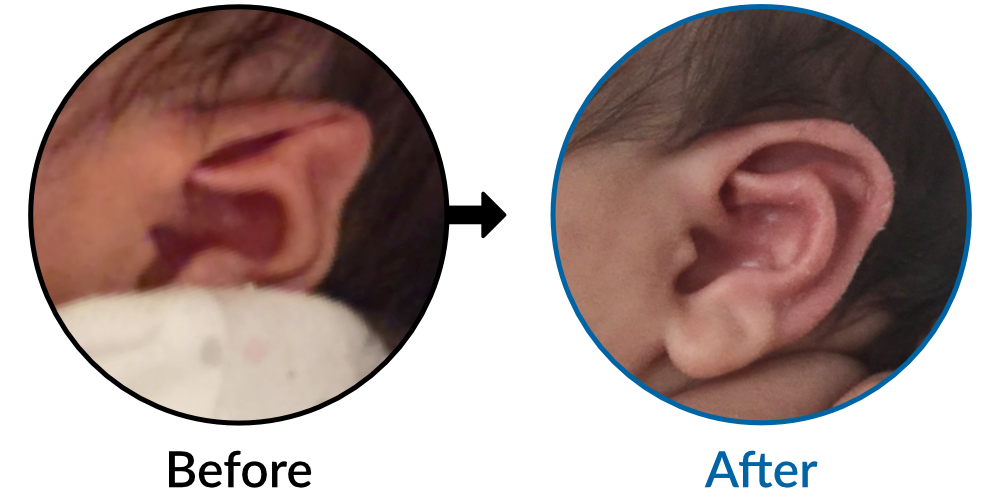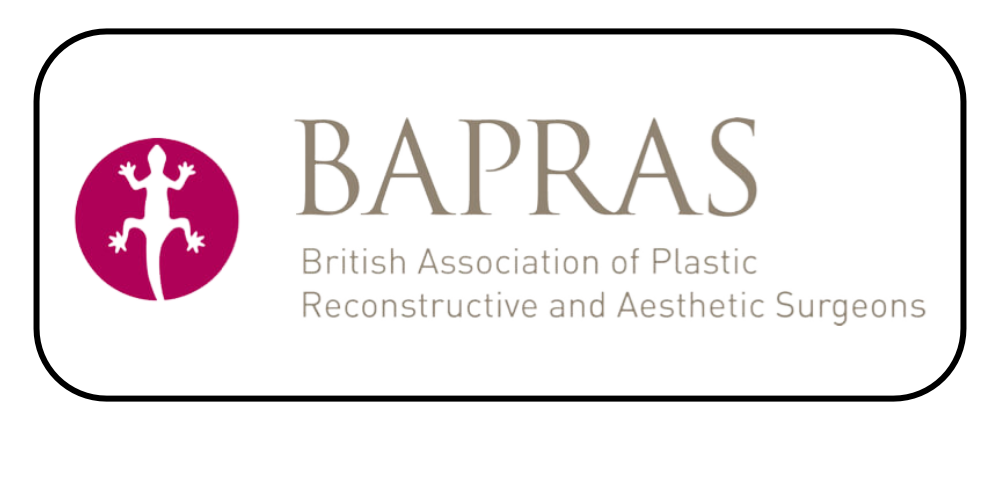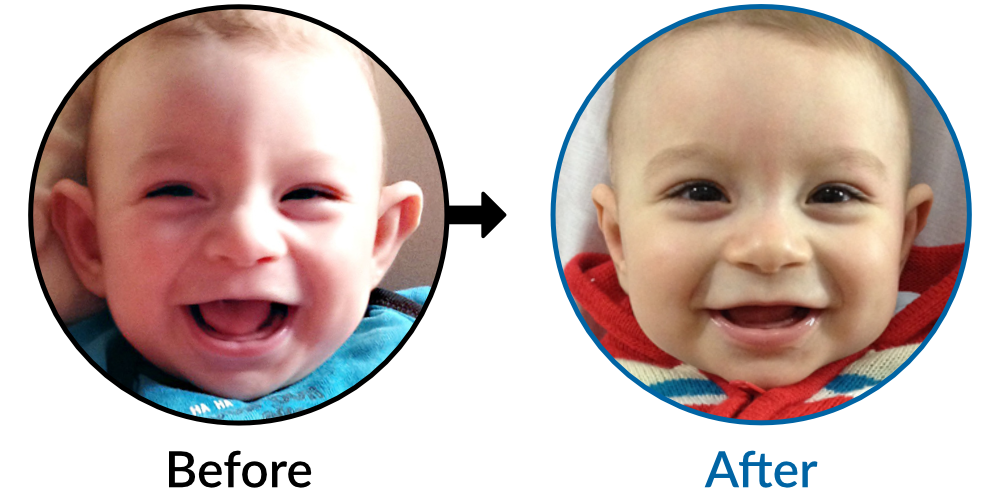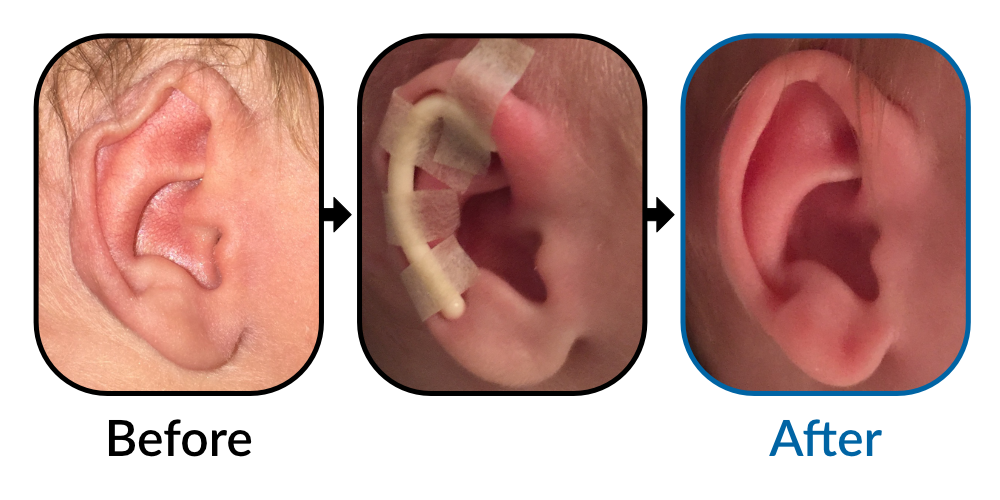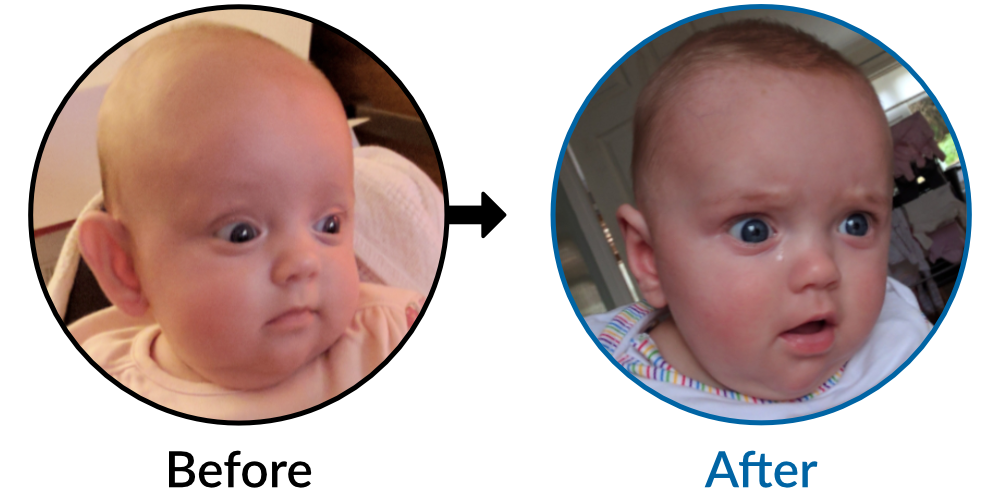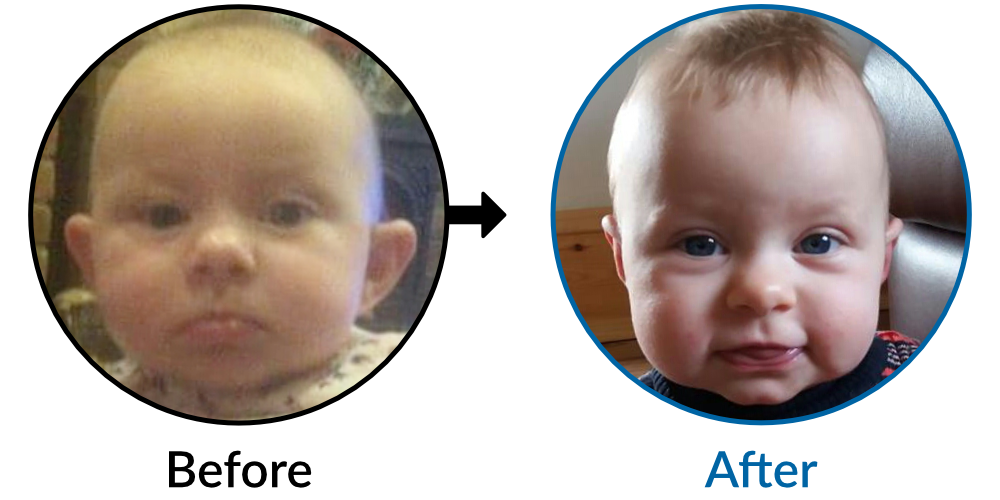Estimated Delivery Times are:
|
Destination
|
Estimated Delivery Time
|
|
UK
|
1 - 2 business days
|
| Western Europe | 3 - 6 business days |
| Eastern Europe | 4 - 6 business days |
|
USA & Canada
|
2 - 10 business days
|
|
Australia
|
6 - 12 business days
|
|
Rest of World
|
5 - 20 + business days
|
Saturdays, Sundays, UK Bank Holidays and Holiday/Festival and Religious Days in all countries of delivery are not considered working or business days. The day of dispatch is not included in delivery estimates.


 FAQ
FAQ

